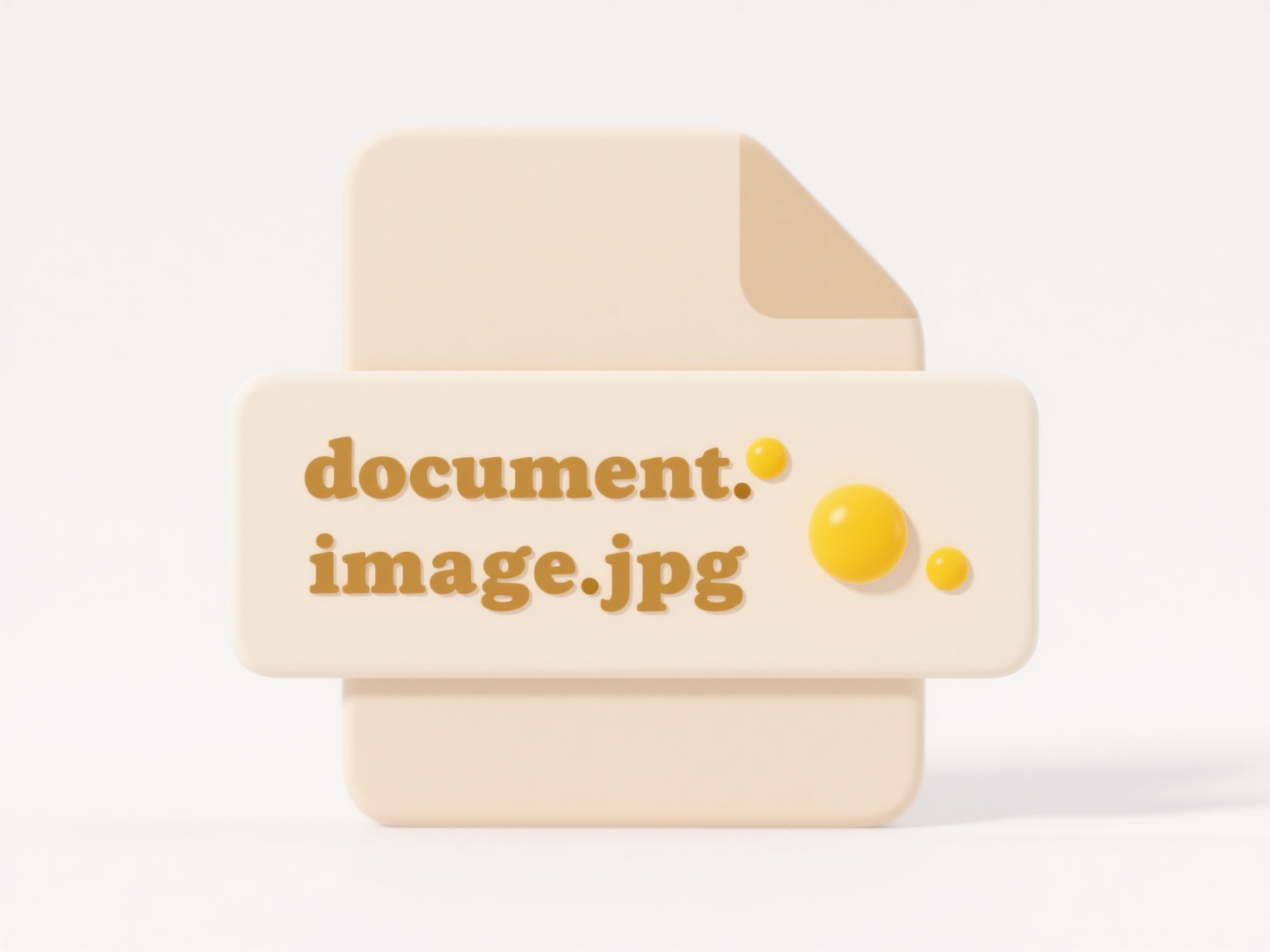
Some desktop search tools can index and find cloud-stored files, primarily through dedicated sync client applications installed on your computer. These clients create a special folder on your local drive (like OneDrive or Google Drive folders) that continuously mirrors files stored in the corresponding cloud service. Desktop search utilities (e.g., Windows File Explorer search, macOS Spotlight, third-party tools) can then index and search the contents within these local sync folders just like any other file on your computer.

For instance, saving a document to your local OneDrive folder automatically syncs it to the cloud; later, searching within that folder via File Explorer finds it. Similarly, syncing files from platforms like Dropbox to a virtual drive on your Mac allows Spotlight to instantly locate those files without opening a browser. Creative professionals often rely on desktop apps like Adobe Bridge configured to access assets stored in cloud services such as Adobe Creative Cloud Libraries through the local sync interface.
This integration offers significant convenience, enabling familiar search habits and faster results using local indexing. However, it usually requires the cloud provider's sync client and sufficient local storage space; cached files are typically searched, meaning un-synced or fully online-only cloud files might not appear. Security policies in some organizations may limit or disable desktop syncing to control data access. Future enhancements increasingly focus on making cloud files appear more natively within desktop environments to further blur this distinction.
Can I search cloud files using desktop tools?
Some desktop search tools can index and find cloud-stored files, primarily through dedicated sync client applications installed on your computer. These clients create a special folder on your local drive (like OneDrive or Google Drive folders) that continuously mirrors files stored in the corresponding cloud service. Desktop search utilities (e.g., Windows File Explorer search, macOS Spotlight, third-party tools) can then index and search the contents within these local sync folders just like any other file on your computer.

For instance, saving a document to your local OneDrive folder automatically syncs it to the cloud; later, searching within that folder via File Explorer finds it. Similarly, syncing files from platforms like Dropbox to a virtual drive on your Mac allows Spotlight to instantly locate those files without opening a browser. Creative professionals often rely on desktop apps like Adobe Bridge configured to access assets stored in cloud services such as Adobe Creative Cloud Libraries through the local sync interface.
This integration offers significant convenience, enabling familiar search habits and faster results using local indexing. However, it usually requires the cloud provider's sync client and sufficient local storage space; cached files are typically searched, meaning un-synced or fully online-only cloud files might not appear. Security policies in some organizations may limit or disable desktop syncing to control data access. Future enhancements increasingly focus on making cloud files appear more natively within desktop environments to further blur this distinction.
Quick Article Links
How do I rename batches of legal documents?
Batch renaming legal documents involves systematically changing the filenames of multiple files at once, rather than ind...
How do I sort files by size or date?
Sorting files by size or date is a fundamental file management technique. File size refers to how much storage space a f...
Are file path lengths more limited in cloud storage?
File path length limits in cloud storage services typically stem from two sources: the underlying local file system and ...